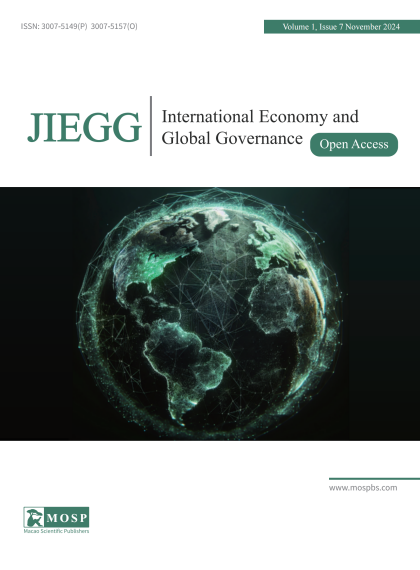Abstract
Over the past decade, following the 2013 Neighborhood Diplomacy Work Conference and the introduction of the “Belt and Road Initiative” (BRI), China has pursued multilateral diplomacy guided by the principles of “genuine multilateralism,” emphasizing equal consultation, openness, inclusivity, mutual benefit, and win-win cooperation. China’s efforts have focused on improving and reshaping regional order to promote common prosperity by prioritizing projects that benefit neighboring countries and enhance shared well-being. This includes providing regional public goods, developing inclusive regional industrial chains, facilitating trade and investment liberalization through the establishment of free trade zones, and strengthening regional identity through enhanced security and mutual trust. Simultaneously, China has sought to reshape the narrative around multilateralism, challenging the U.S.’s unilateralism and exclusive mini-lateral mechanisms designed to maintain its hegemony. China’s approach offers solutions and a “Chinese proposal” to address the fragmentation of global governance, the increasing complexity of global challenges, and the decline in multilateral cooperation, which has been exacerbated by intensifying great-power competition and rising inequity. Beyond participating in and promoting reform within existing multilateral organizations, China has also led or contributed to the establishment of new regional cooperation platforms under the BRI. This includes micro-regional corridors along the Silk Road Economic Belt, which offer a “three-in-one” public goods framework to participating countries, fostering an inclusive transformation of the regional economic order through the integration of supply and demand. The Shanghai Cooperation Organization (SCO), by advocating a security community and advancing the Global Security Initiative, has provided a hybrid of security and development public goods, contributing to the formation of an inclusive regional security order. The Asian Infrastructure Investment Bank (AIIB), along with the BRICS coalition and the New Development Bank, has supplemented and refined regional and global financial systems by offering material benefits, multilateral institutional cooperation, and shared value propositions. The Regional Comprehensive Economic Partnership (RCEP), co-led by China and ASEAN, has created an expansive free trade area that serves as a foundation for the integration of diverse principles and institutions within the Asia-Pacific Free Trade Area and the Asia-Pacific Community of Shared Future. The Lancang-Mekong Cooperation (LMC) mechanism, by adhering to inclusive and effective multilateralism based on “coexistence, co-governance, and co-sharing,” has spearheaded the joint development of public goods in areas such as water resources, infrastructure, and environmental protection, fostering a high-quality sub-regional order and a shared future for the Lancang-Mekong countries. Shaping the future Asia-Pacific regional order will require China and regional partners to leverage local cooperation practices and embrace open regionalism, asserting leadership and innovation in optimizing and reshaping regional dynamics.
Keywords: Multilateral Diplomacy, Regional Public Goods, Regional Order, Belt and Road Initiative, AIIB, China-ASEAN Cooperation
Download the full text PDF for viewing and using it according to the license of this paper.

